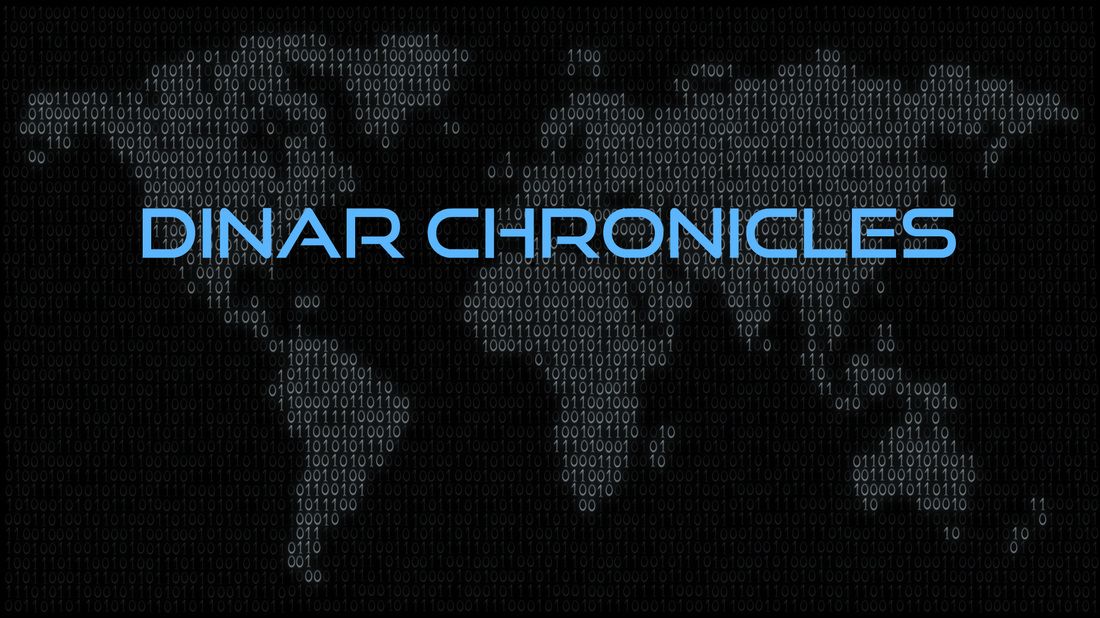
Introduction to Leaked Documents
Imagine a world where confidential information is just a click away. Leaked documents have the power to disrupt businesses, governments, and individuals alike. In today’s digital age, the importance of screening for leaked documents cannot be overstated. Join us as we delve into the realm of international leaked documents screening – a crucial process in safeguarding sensitive information and maintaining trust in an interconnected world.
Importance of Screening for Leaked Documents
In today’s digital age, protecting sensitive information is of utmost importance. Leaked documents can have severe consequences for businesses and individuals alike. The importance of screening for leaked documents cannot be overstated.
International Leaked Documents Screening is the most common way of filtering huge databases of leaked documents for mentions of people or entities related to your organization. These databases contain data from different sources, including corporate registries, messages, and monetary exchanges. By utilizing Online Leaked Documents Monitoring Solutions offered by AML Watcher, organizations can consistently screen these leaks and get alarms if their stakeholders show up.
By implementing a robust screening process, organizations can proactively identify and prevent the unauthorized disclosure of confidential data. This helps safeguard their reputation, financial assets, and overall security.
Screening for leaked documents enables companies to comply with regulatory requirements related to data protection and privacy. Failure to do so can result in hefty fines and legal repercussions.
Moreover, document screening helps maintain trust with clients, partners, and stakeholders by demonstrating a commitment to confidentiality and integrity.
Investing in effective document screening measures is crucial for mitigating risks associated with data breaches and ensuring the long-term sustainability of your business operations.
Types of Leaked Documents
When it comes to leaked documents, there is a wide range of information that can find its way into the public domain. One common type of leaked document is confidential emails exchanged between individuals within an organization or between organizations. These emails can contain sensitive information such as business strategies, financial details, or even personal conversations.
Another type of leaked document is internal memos or reports that were meant for limited distribution within a company but have been exposed to the public. Such documents may reveal upcoming projects, employee evaluations, or discussions about organizational changes.
In addition to emails and memos, leaked documents can also include classified government files containing national security information, diplomatic cables discussing international relations, or intelligence reports outlining covert operations. These types of leaks can have far-reaching consequences on global politics and security.
The variety of leaked documents underscores the importance of implementing robust screening processes to protect sensitive information from unauthorized disclosure.
How to Conduct an Effective Screening Process
When it comes to conducting an effective screening process for leaked documents, organization is key. Start by defining clear objectives and criteria for what you are looking to identify during the screening. This will help streamline the process and ensure that nothing gets overlooked.
Utilize advanced technology tools such as data loss prevention software, which can automatically scan and flag any sensitive information that may have been leaked. Additionally, consider implementing keyword filters to narrow down your search based on specific terms or phrases related to your industry or company.
Collaborate with your IT team to establish protocols for handling any identified leaks, including immediate containment measures and reporting procedures. Regularly review and update your screening processes to stay ahead of evolving threats in the digital landscape.
By following these steps diligently, you can strengthen your organization’s security posture and protect sensitive information from falling into the wrong hands.
Tools and Technologies for Document Screening
When it comes to screening for leaked documents, having the right tools and technologies is essential. Technology has advanced significantly in recent years, providing organizations with innovative solutions to detect and prevent data leaks before they occur.
One of the key tools used for document screening is Data Loss Prevention (DLP) software. This technology helps monitor and control sensitive data to ensure that it doesn’t leave the organization’s network without authorization. DLP can scan emails, file transfers, and other communication channels for any signs of confidential information being leaked.
Another valuable tool for document screening is Content Disarm and Reconstruction (CDR) technology. CDR works by removing potentially malicious elements from files while preserving their usability. This is crucial in preventing malware or hidden threats from entering an organization’s system through leaked documents.
Furthermore, Artificial Intelligence (AI) plays a significant role in document screening by automating the process of identifying patterns and anomalies that may indicate a potential leak. AI-powered systems can analyze vast amounts of data quickly and accurately to flag any suspicious activities.
In today’s digital age where cyber threats are ever-evolving, leveraging these tools and technologies for document screening is imperative to safeguard sensitive information effectively.
Case Studies: Successful Document Screening Examples
In the realm of leaked documents screening real-life success stories serve as valuable lessons for organizations seeking to safeguard their sensitive information. Let’s delve into a few intriguing case studies where effective document screening made a significant impact.
Case Study 1: A multinational corporation implemented advanced AI-powered tools to scan incoming emails and attachments for any potential leaks. This proactive approach helped them identify and mitigate risks before any confidential data was compromised.
Case Study 2: A government agency utilized sophisticated encryption software to secure classified files shared among departments. By conducting regular audits and screenings, they successfully prevented unauthorized access and maintained strict confidentiality.
Case Study 3: A financial institution integrated blockchain technology into their document management system, ensuring tamper-proof records and enhancing transparency in transactions. Through continuous monitoring and screening protocols, they built a trusted environment for clients.
These examples underscore the importance of adopting robust document screening practices tailored to specific organizational needs.
Risks of Not Implementing a Document Screening Process
In today’s digital age, the risks of not implementing a document screening process can be significant. Without proper screening measures in place, organizations leave themselves vulnerable to data breaches and leaks that can damage their reputation and cause financial losses.
Failing to screen leaked documents can result in sensitive information falling into the wrong hands, leading to potential legal consequences and regulatory fines. Moreover, it can also impact trust among clients and customers who expect their data to be protected.
Not having a robust screening process increases the likelihood of internal threats from disgruntled employees or malicious insiders looking to leak confidential information for personal gain or vendetta purposes. This lack of control over sensitive documents puts intellectual property at risk and compromises competitive advantages.
By neglecting document screening, businesses are essentially leaving the door open for cybercriminals to exploit vulnerabilities within their systems and access valuable data without detection. The repercussions of such breaches extend far beyond just financial implications, affecting brand image and customer loyalty as well.
It is crucial for organizations to recognize the risks associated with not implementing a comprehensive document screening process and take proactive steps towards safeguarding their sensitive information effectively.
Conclusion: Why Document Screening is Crucial in Today’s Digital World
In today’s digital world, the importance of document screening cannot be overstated. With the increasing risk of data breaches and leaks, organizations must prioritize implementing effective screening processes to protect sensitive information. By utilizing the right tools and technologies, conducting thorough screenings, and learning from successful case studies, companies can safeguard their data and reputation.
Failure to implement a robust document screening process can lead to severe consequences such as financial loss, reputational damage, legal liabilities, and a breach of customer trust. It is crucial for businesses to stay proactive in identifying and preventing leaked documents before they cause harm.
Document screening is not just a security measure; it is a strategic investment in safeguarding valuable assets and maintaining business continuity. By staying ahead of potential risks through regular screenings and continuous improvement of screening practices, organizations can mitigate threats effectively.
As technology continues to evolve rapidly, so do the methods used by malicious actors to access confidential information. Therefore, staying vigilant with document screening efforts is paramount in protecting sensitive data in today’s fast-paced digital landscape. Remember: prevention is always better than cure when it comes to leaked documents.







